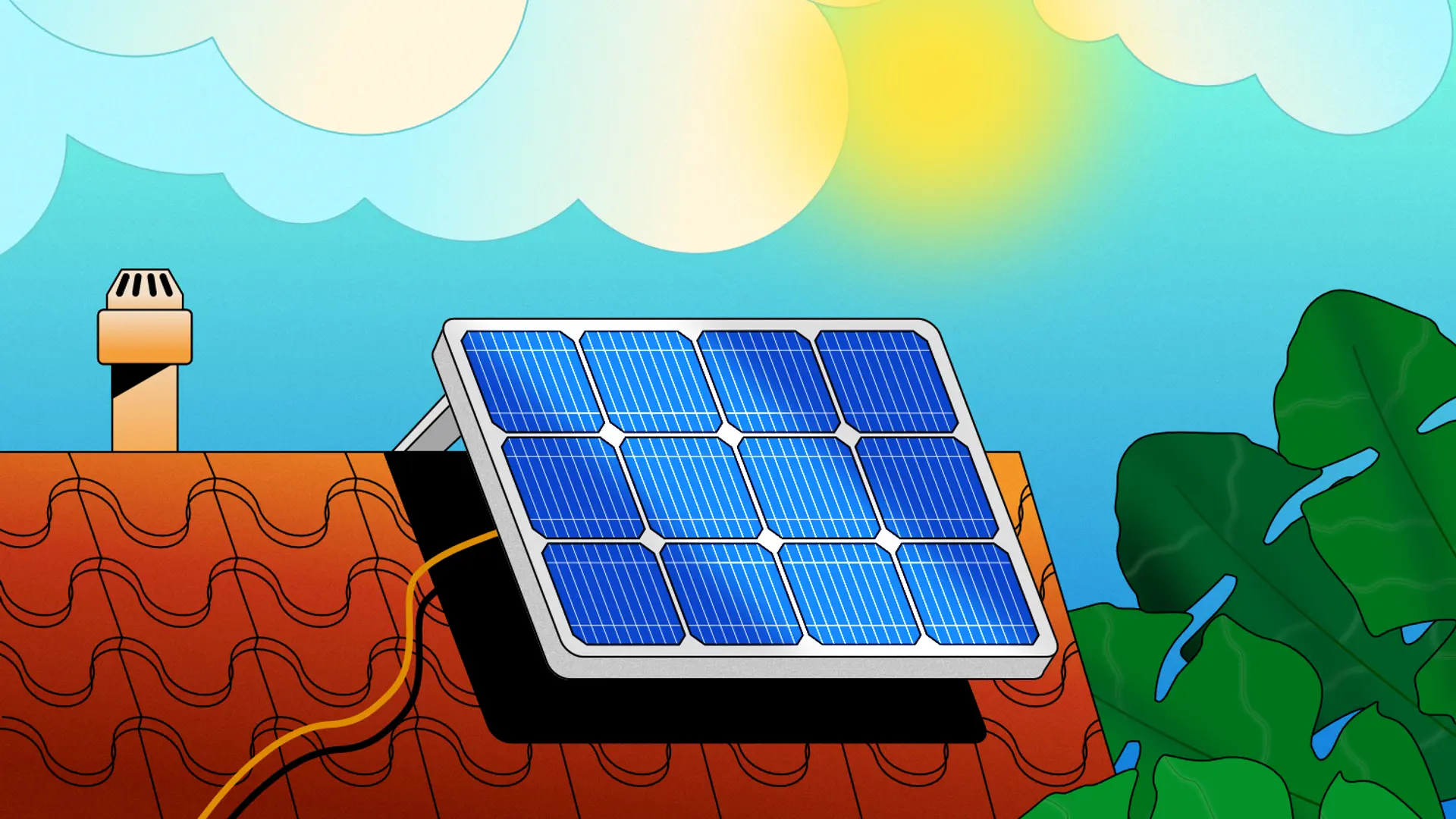How AI, data science, and intelligent storage are powering India’s solar sector
Solar energy's potential is no longer a figment of imagination, but a reality made possible by the sophisticated interplay of AI, data science, and intelligent storage.
In the dawn of a new era—where technology meets sustainability—India is leading a monumental leap towards a cleaner future. As of February 2024, India boasts an impressive installation of over 75 GW of solar capacity, with over 100 billion units of solar-generated electricity.
But the need of the hour is reliable, low-cost, and round-the-clock green power. This potential is no longer a figment of imagination, but a reality made possible by the sophisticated interplay of artificial intelligence (AI), data science, and intelligent storage.
Digital twins
The concept of digital twins—a virtual replica of the physical solar plant—are digital counterparts for solar plants spread across hundreds of acres. These digital twins, even before a single panel is installed, can revolutionise the design process by simulating different layouts, component choices, and site conditions.
They can predict how the plant will perform under various scenarios, maximising energy output, minimising losses due to shading or suboptimal angles, and ensuring the plant's resilience to adverse weather conditions.
These twins are not just virtual models but dynamic, data-driven replicas of physical plants. They enable real-time performance monitoring and predictive maintenance, ensuring the plant operates at peak efficiency throughout its lifecycle.
They facilitate real-time anomaly detection by comparing the actual operational data against the expected performance modelled by the twin digital by mirroring every aspect of a solar plant. They enable operators to foresee and rectify potential issues before they even arise.
AI-powered analytics platforms
With the digital twin acting as the body, the AI-powered platforms act as the central nervous system of solar plants, continuously monitoring and analysing vast amounts of data and helping find "the needle in a haystack".
These platforms employ machine learning algorithms to detect anomalies with early warning signals, perform root cause analysis to give prescriptive actions to the ground team, predict equipment failures, and optimise performance.
Further, AI-powered analytics provide granular insights into plant performance, enabling operators to pinpoint areas of improvement and implement targeted interventions.
The ability to pre-emptively identify and address issues transforms maintenance from a reactive to a predictive model, whereby operators can predict component failures before they occur, scheduling maintenance activities to prevent disruptions.
This approach minimises downtime, increases generation, and enhances the plant's safety by early detection of potential issues. Predictive maintenance also facilitates the efficient allocation of on-ground teams, focusing efforts on areas that genuinely require attention, thereby enhancing overall plant performance and reliability.
Intelligent storage
Intelligent storage systems are pivotal in bridging the gap between solar power generation, predominantly during daylight hours, and the fluctuating demand patterns that characterise our daily energy consumption.
This disparity often results in solar energy's under-utilisation during low-demand periods and reliance on less sustainable energy sources when the sun sets.
Intelligent storage systems analyse energy consumption patterns and solar power generation and make real-time decisions about when to store excess energy, draw power from the grid, and determine the optimal times to deploy the stored solar energy.
During periods of high solar output but low demand, excess energy gets diverted to storage units instead of wasted. Conversely, during peak demand hours—especially in the evenings when solar generation wanes but household and industrial consumption soars—stored solar energy can be released, ensuring a consistent and sustainable energy supply.
It's best to implement storage solutions at three critical nodes—the solar plant for immediate energy capture, the grid for broader energy distribution management, and the consumer end for personalised energy usage optimisation.
This, backed by the power of data analytics, further enhances the flexibility and reliability of solar energy and effectively addresses the challenge of solar intermittency.
These systems help make informed decisions about energy storage and distribution, harmonising solar power generation with fluctuating demand. This enhances grid stability and unlocks the full potential of solar energy, making it a reliable source of round-the-clock power.
Conclusion
Solar plants can achieve unprecedented levels of efficiency, reliable round-the-clock power, and enhanced profitability with extra generation by embracing these technologies.
As solar energy continues to light up hundreds of billions of units of power, the integration of AI and ML-driven data science with storage solutions is not just promising but pivotal.
The day is close when solar energy—powered with storage—will provide round-the-clock power at costs competitive with, if not lower than, coal and will start the phase-down of coal-based power.
With these technological advancements, solar energy is poised to claim its crown as the undisputed king of power generation. The future of solar energy—brightened by AI, ML, and storage—is about illuminating the nation and powering the heart of India's sustainable energy revolution.
Tanya Singhal is the Founder of Mynzo Carbon.
Edited by Suman Singh










